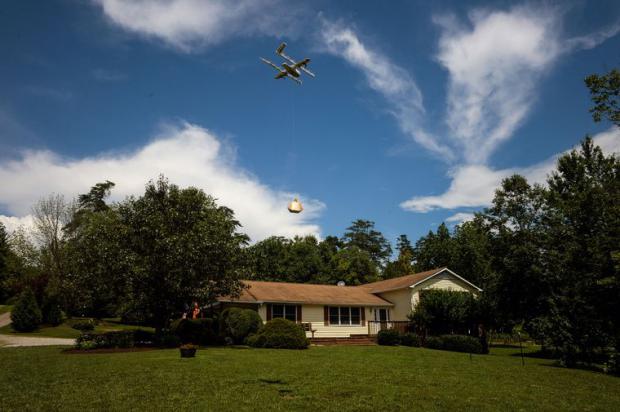
Breaking News
 Silver up over $2.26... Today! $71.24 (and Gold close to $4500)
Silver up over $2.26... Today! $71.24 (and Gold close to $4500)
 GARLAND FAVORITO: More and more fraud from the 2020 election in Fulton County, Georgia...
GARLAND FAVORITO: More and more fraud from the 2020 election in Fulton County, Georgia...
 Rep. Matt Gaetz tells Tucker Carlson that agents of the Israeli govt tried to blackmail his...
Rep. Matt Gaetz tells Tucker Carlson that agents of the Israeli govt tried to blackmail his...
 Trump: We need Greenland for national security… you have Russian and Chinese ships all over...
Trump: We need Greenland for national security… you have Russian and Chinese ships all over...
Top Tech News
 Travel gadget promises to dry and iron your clothes – totally hands-free
Travel gadget promises to dry and iron your clothes – totally hands-free
 Perfect Aircrete, Kitchen Ingredients.
Perfect Aircrete, Kitchen Ingredients.
 Futuristic pixel-raising display lets you feel what's onscreen
Futuristic pixel-raising display lets you feel what's onscreen
 Cutting-Edge Facility Generates Pure Water and Hydrogen Fuel from Seawater for Mere Pennies
Cutting-Edge Facility Generates Pure Water and Hydrogen Fuel from Seawater for Mere Pennies
 This tiny dev board is packed with features for ambitious makers
This tiny dev board is packed with features for ambitious makers
 Scientists Discover Gel to Regrow Tooth Enamel
Scientists Discover Gel to Regrow Tooth Enamel
 Vitamin C and Dandelion Root Killing Cancer Cells -- as Former CDC Director Calls for COVID-19...
Vitamin C and Dandelion Root Killing Cancer Cells -- as Former CDC Director Calls for COVID-19...
 Galactic Brain: US firm plans space-based data centers, power grid to challenge China
Galactic Brain: US firm plans space-based data centers, power grid to challenge China
 A microbial cleanup for glyphosate just earned a patent. Here's why that matters
A microbial cleanup for glyphosate just earned a patent. Here's why that matters
 Japan Breaks Internet Speed Record with 5 Million Times Faster Data Transfer
Japan Breaks Internet Speed Record with 5 Million Times Faster Data Transfer
Toddler's Popsicle-by-Air Marks Milestone in U.S. Drone Delivery

Just six minutes after a technician from Alphabet Inc.'s Wing clicked the "Confirm Order" button on a smartphone app, a drone operated by the company had flown from a simulated store more than a mile away, hovered over her lawn and lowered the ice cream and Popsicle she'd ordered.
"Airplane brought me a Popsicle," said towheaded Jack.
The Smiths were part of a U.S. Federal Aviation Administration-approved test that for the first time allowed delivery flights over congested areas where people live, and ventured beyond the view of its operator on the ground. It was the most realistic public demonstration to date in the U.S. that people may someday get near instant purchases sent to their home by unmanned devices.
"Today we're going to see what I've been preaching, how drones are going to change your daily experience," said Mark Blanks, director of the Virginia Tech Mid-Atlantic Aviation Partnership and a sponsor of the test program. The delivery was to his next-door neighbor. "It works. I'm just excited to see deliveries in my neighborhood."



